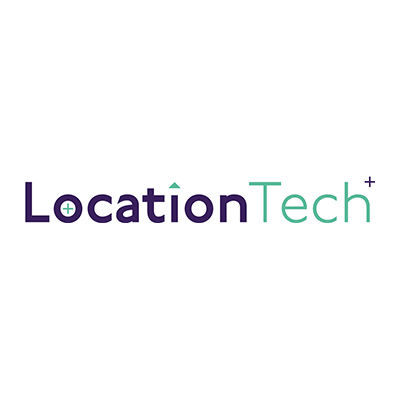It was recently published by RNZ that Spark is holding customers’ geographic location data for seven years, far more than the average telco. The article investigated that although Spark holds their location data for seven years, Vodafone NZ stores their data for 14 months, 2 Degrees withheld sharing this information, and the average United States telco holds their data for two years. The article also brings up an interesting fact that there are no rules in New Zealand that states how long geographic data can be stored, but the Privacy Act 2020 could be applied if a person was identifiable from the data.
It’s a common conversation of wondering how much data is being captured through our smartphones, if we’re being tracked, and for what purpose. When you select “turn on location services” on your smartphone, it’s assumed that this data is being collected and stored. But what isn’t transparent for the everyday user, is how long this data is stored and what for? We live in good faith that our telco service providers keep our location data secure, but that isn’t always the case for other applications that ask for our location data. Majority of the time, this data can be sold to a third party, and often for the purposes of advertising.
As we carry our smartphones almost everywhere we go, they not only store a digital record of many of our online interactions, but they also create a literal map of our lives. Once you store enough geographic data from one person, it’s easy to predict their next steps or determine how a person lives their lives. This 2019 New York Times Privacy Project article series ‘One Nation, Tracked: An investigation into the smartphone tracking industry from time opinion’ gives a thorough breakdown of how this technology has been utilised. The first article ‘Twelve Million Phones, One Dataset, Zero Privacy’ sets the scene of how one dataset can accurately pinpoint a person’s movement and raises concerns for privacy and its potential if placed in the wrong hands.
Collecting location data can be seen as a double edge sword – it provides so many insights across a range of industries. Progress is being made to further protect people’s data with the Ministry of Justice recently publishing its proposal to strengthen the transparency of the indirect collection of personal information under the Privacy Act 2020 and aligning it to the European Union Adequacy Status. For more information, you can find the proactive release from the Ministry of Justice here. However, it’s up to our industry to ensure that we hold higher standards for security and transparency to what is being collected, what it’s being used for, and how long it’s stored.
New Zealand Eagle Esri-Users Conference 2022:
Last month, we had the pleasure of attending the New Zealand Eagle Esri-Users conference in Christchurch. Being able to travel, connect, and hear about the latest developments and use-cases of Arc-GIS platforms was the first in many years, and it was great to see lots of members attend.
At LocationTech we promote the importance location technology has when utilised alongside other technology to create better insights to the space around us. It was valuable to see the “behind the scenes” of how to use the different types of platforms, its capabilities, and how it can be implemented alongside other technology.
This idea was highlighted by Aaron Jordan from Land Information New Zealand, who said that we need to assist non-GIS developers to understand these platforms and start leveraging modern browser technology. With the rise of Industry 4.0, data interoperability, and being able to extract large datasets faster than ever, Aaron stated that “we need to start making computers work for their money”. If you can’t take large sets of data to GIS, you can take the GIS to the data by utilising artificial intelligence and machine learning to create better insights. It’s clear that location technology can no longer be seen as a silo, and should be framed as location intelligence. It’s no longer an isolated technology, but one that is an enabler.
Another highlight was the emergency response presentations that investigated how we can better support our emergency response and civil defence teams, while minimising the impacts to our environmental and infrustructural assets. As with technology, data itself should never be seen in a silo, but applicable to a multitude of different uses. How can we use our own datasets to assist in an emergency? While collecting data, we should also be thinking “who” before “how”. Our industry should be more collaborative, and before trying to source data for a singular solution, we should work together as someone probably already has the data, or has done it before.
Ngā mihi
Alison Mackie
LocationTech Executive Director






